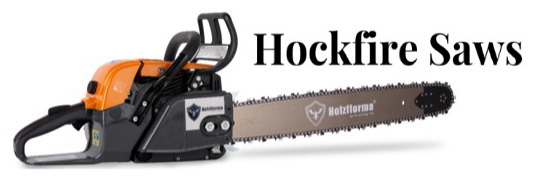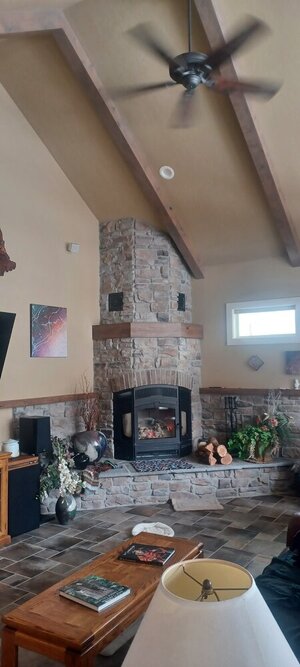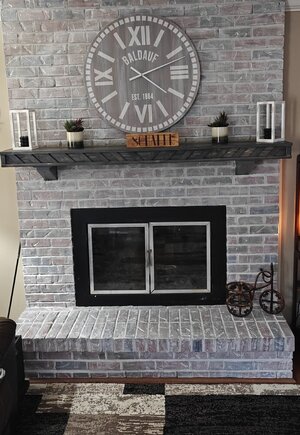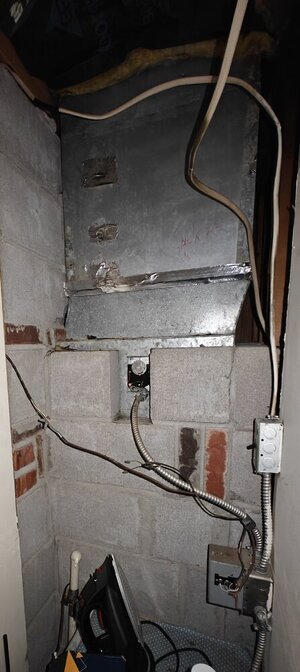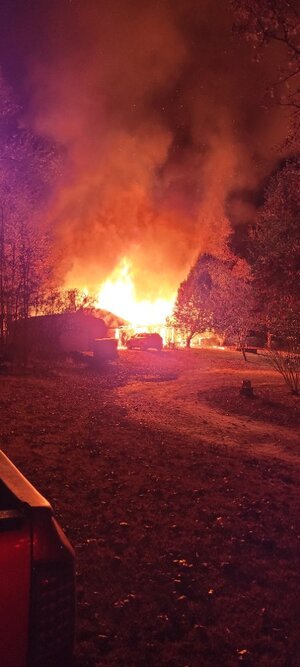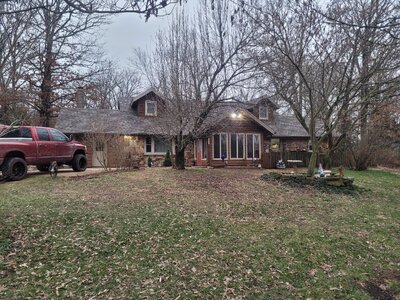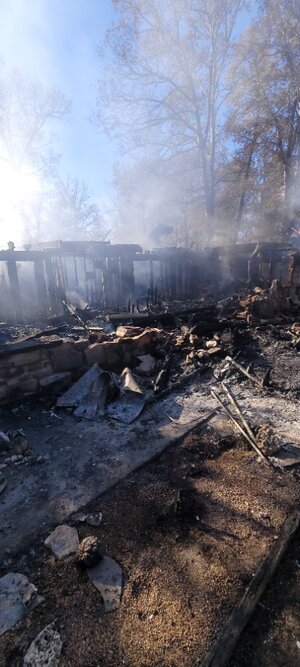- Local time
- 11:59 AM
- User ID
- 10894
- Joined
- Nov 6, 2019
- Messages
- 265
- Reaction score
- 806
- Location
- Salem, Missouri
Hoping you guys can give me some advice on my fireplace. My home is roughly 2,500sq.ft. Ranch style house, all on one level. I noticed when we bought the place that it had a set of vent in the ceiling of every room and standard floor vents also. What I figured out is the ceiling vents are a complete stand alone set of vents coming from the fireplace. The Bosch central Heat/AC are all ducted through the floor vents. The fireplace even has its own blower motor and cold air return. The fireplace will actually heat the entire house on 0° nights. It's a constant battle keeping it fed though. Upon further inspection I have found that it has no damper system at all. Chimney is wide open and the face is just a set of glass bifold doors. So my questions are this....
-was it a common thing for a fireplace to be ducted throughout an entire house in the 1980's, when this house was built?? I don't think I've ever seen a setup like this before. Finding some manufacturer info for a brand some how would be great for information.
-is there any way to install a damper of some kind and would it help regulate the burn speed enough to make a difference? I would think with an open front fireplace a feed damper on a set of well sealed doors would have to be used instead of a chimney blocking style. I could be wrong but it would seem a chimney block type of damper may just fill the house with smoke.
-was it a common thing for a fireplace to be ducted throughout an entire house in the 1980's, when this house was built?? I don't think I've ever seen a setup like this before. Finding some manufacturer info for a brand some how would be great for information.
-is there any way to install a damper of some kind and would it help regulate the burn speed enough to make a difference? I would think with an open front fireplace a feed damper on a set of well sealed doors would have to be used instead of a chimney blocking style. I could be wrong but it would seem a chimney block type of damper may just fill the house with smoke.






